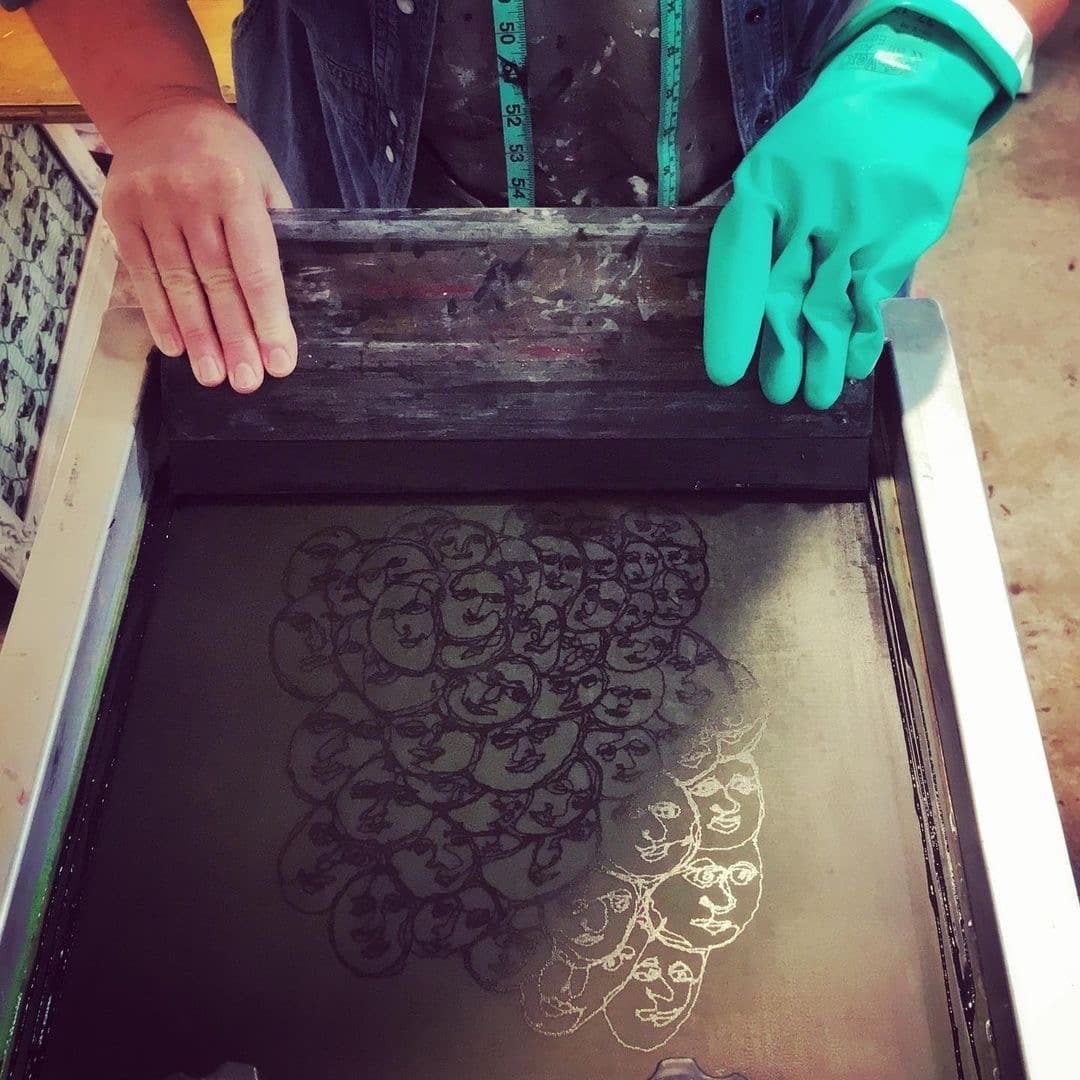How to Prevent Ink Drying on the Screen: a step by step guide
Ink drying on the screen is probably the biggest problem for printers who are starting to use or are changing over to water-based inks, particularly from plastisols, which are very forgiving in this regard.
Tips:
- Before starting a print run, soak your screen in water for around 10 minutes, drain and wipe off surplus moisture with a lint free cloth.
- Alternatively, add 1-3% PERMASET® Print Retarder to the ink to keep it wetter longer; this however will cause problems with drying, curing and early wash resistance, so we do try to steer printers away from this practice.
- Work quickly. Turn off your phone and don’t stop whilst printing! The less time between prints, the less will be the opportunity for ink to dry in on the screen. This is most acute with HSAs such as PERMASET SUPERCOVER® Inks and/or with high mesh counts. The higher the mesh count, the quicker the ink will dry. Most garment printers use a 43T (110 tpi) mesh.
- Keep the ink wet on the screen between prints. This is best done by leaving the image area flooded with a layer of ink (1–2 mm; 1/16”– 1/10”) between prints.
- Keep humidity in your work area above 40–50% RH:
- This can be done simply with a humidifier/fogger OR
- Spray a fine mist of water every 15–20 prints to maintain the moisture of the inks.
- In very dry environments, we’ve heard of printers watering their carpets each morning.
- If the ink does start to dry on the screen a little or the screen has been sitting around for a while, don’t panic. Just pull a print on a test piece, so that as much ink is cleared from the mesh as possible, take a damp rag and clean both sides of the screen, then remove excess moisture with another rag. Reflood the screen, take another test print and then you’re good to go again.
- Use a good emulsion that is compatible with water-based inks and maintains its integrity and you can get great results even with a coarser mesh. With increased experience, you will eventually master 77–90T (195–225 tpi) meshes for PERMASET SUPERCOVER® Inks and up to 120 T (305 tpi) for PERMASET AQUA® and PERMATONE® Inks.
NOTE: The information and recommendations contained in this Blog, as well as technical advice otherwise given by representatives of our business, whether verbally or in writing, are based on our present knowledge and believed to be accurate. However, no guarantee regarding their accuracy is given as we cannot cover or anticipate every possible application of our products and because manufacturing methods, printing stocks and other materials vary. For the same reason, our products are sold without warranty and on condition that users conduct their own tests to satisfy themselves that they will fully meet their particular requirements. Our policy of continuous product improvement might make some of the information contained in this Blog out of date and users are requested to ensure that they follow current recommendations.
© Colormaker Industries 2024
